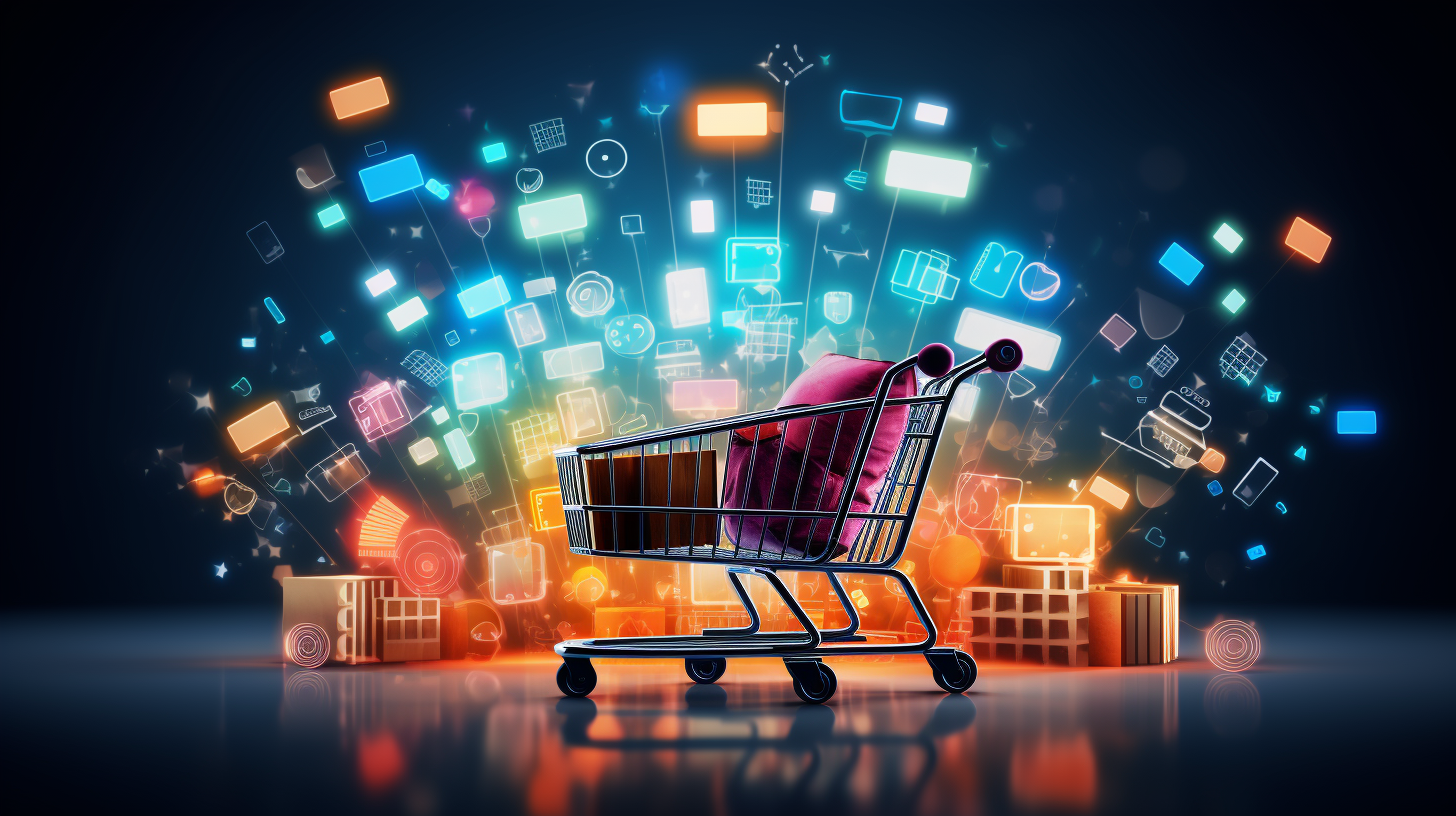The E-commerce Evolution: Unveiling the Key Trends in 2023
In an era where the digital realm has woven itself into the very fabric of daily life, e-commerce has become a powerful force, reshaping economies worldwide. The unprecedented growth of e-commerce, marked by an impressive $4.2 trillion in global sales in 2020, attests to its sweeping influence. The horizon of e-commerce in 2023 gleams with emerging trends that promise to further revolutionize this digital marketplace. Let’s journey together to explore these developments.
1. The Rise of Social Commerce
Social commerce, which merges social media and online shopping, continues to flourish. Brands have turned social media platforms into dynamic storefronts, thereby creating a seamless shopping experience that starts with product discovery and ends with checkout, all within the social media ecosystem.
2. The Pursuit of Personalization
With consumers demanding tailored shopping experiences, personalization is no longer a luxury but a necessity. Using data-driven strategies, retailers can offer hyper-personalized product recommendations, promotions, and content, thus elevating the customer journey from generic to exclusive.
3. Immersion through Augmented Reality (AR) and Virtual Reality (VR)
AR and VR are opening new frontiers in e-commerce, making shopping more immersive and interactive. These technologies, which allow customers to virtually try products or visualize them in their personal spaces, are fast becoming essential tools for online retailers.
4. The Appeal of Subscription Services
Subscription-based services continue to gain momentum, with consumers relishing the convenience, value, and personalized selections they offer. The subscription model has been embraced across industries, from fashion and food to beauty and beyond.
5. The Drive towards Sustainable and Ethical Shopping
In an increasingly conscientious market, sustainable and ethical shopping practices are influencing consumers’ purchasing decisions. Retailers who uphold environmental stewardship and ethical conduct find themselves favored by a new breed of eco-conscious, socially responsible consumers.
6. The Mobile Shopping Revolution
With the ubiquity of smartphones, mobile shopping is a trend that shows no signs of slowing down. Retailers are optimizing their digital platforms for mobile devices to ensure a seamless, user-friendly shopping experience for customers on the move.
7. The Flexibility of Buy Now, Pay Later (BNPL) Options
BNPL payment solutions, which offer consumers the ability to spread their payments over time, are enjoying increased popularity. By providing these flexible payment options, retailers can attract a broader customer base and boost sales.
8. The Excitement of Livestream Shopping
The trend of livestream shopping, featuring real-time product demonstrations and interactive sessions, is predicted to surge in 2023. This trend can give a significant boost to retailers looking to offer a more engaging and authentic shopping experience.
9. The Consistency of Omnichannel Retail
The integration of online and offline channels, or omnichannel retailing, is vital for providing a consistent and smooth shopping experience across all touchpoints. Services such as Buy Online, Pick Up In-Store (BOPIS) and curbside pickup cater to today’s consumer who values convenience and flexibility.
10. The Influence of Influencer Recommendations
Influencer marketing continues to wield significant influence on consumer behavior, with consumers often turning to influencers for product recommendations. Collaborations with influencers allow brands to amplify their reach and foster trust with potential customers.
In conclusion, the e-commerce landscape is a vibrant, ever-changing arena. Staying abreast of trends is crucial for success in this competitive market. In 2023, retailers who embrace these trends and deliver exceptional customer experiences are poised to lead the e-commerce evolution, creating new standards for digital commerce in the process.








